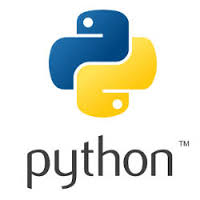Pip is a tool of managing Python packages which is used to install and manage software packages develop in Python.
Pip is the same tool like the bundle, npm, composer in another programming language.
Step 1 – Install PIP on CentOS
There are two methods to install PIP, both methods am explaining below.
Install pip using easy_install
Easy Install is a python module available with setuptools. This is also used to manage, download, build, and install python modules.
easy_install pip
Install pip using python script
We can also use pip installation script. Download the script on your using wget or curl, then run the script with appropriate python version for which you need to install pip.
$ curl "https://bootstrap.pypa.io/get-pip.py" -o "get-pip.py" $ python get-pip.py $ python3 get-pip.py # For specific python version
Step 2 – Verify Installation
Check the install version of pip on your system using -V command line switch.
$ pip -V $ pip3 -V # For specific python version
To view a list of helpful commands.
$ pip --help
Step 3 – Installing Packages with PIP
Pip provides a simple command to install or uninstall packages on your system. Use following command to install any packages on your system.
$ pip install package-name
Also, you can easily uninstall the package:
pip uninstall package-name
Install PIP on Ubuntu 14.04
Step 1: Update repository list
Update your repository list to make sure the uniterrupted installation:
apt-get update
Step 2: Install Pip
After you have updated the repository list, you can install Pip using apt-get:
apt-get install python-pip
Step 3: Confirm installation
Now to confirm Pip successfull installation, executing following command. If you see a version printed on the screen, the installation will be successful.
$ pip -V $ pip3 -V # For specific python version

